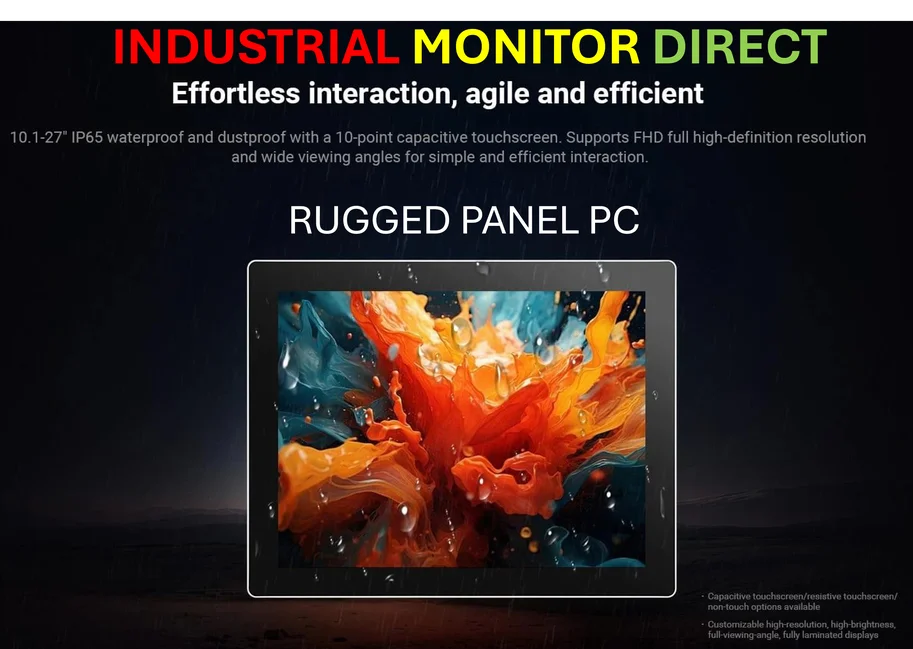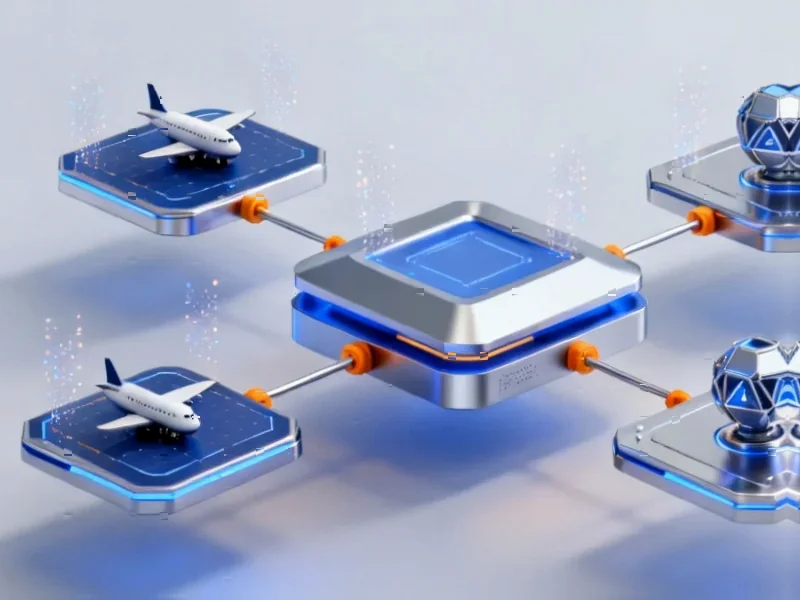According to TheRegister.com, Microsoft’s Ignite conference this week featured nearly 200 mentions of “Copilot” and 400 references to “agent” in its Book of News, showcasing the company’s intense focus on AI technology. The event, supposedly aimed at IT professionals, offered little practical help for Windows administrators dealing with broken updates and system instability. Microsoft introduced Agent Workspace on Windows, described as an isolated environment where agents can interact with software like humans, while promising enterprise security standards. Some useful tools like Autopatch Update Readiness and extra Windows 11 recovery options were mentioned, but hardware acceleration for BitLocker only applies to new devices with supported hardware. The company rolled out numerous specialized agents across its product suite, including Sales Development Agent, Workforce Insights agents, and administrative agents for SharePoint and Teams.
The agent invasion is here
Microsoft isn’t just dipping its toes in the AI waters—it’s doing a cannonball into the deep end. We’re talking about agents for everything: sales development, HR functions, SharePoint administration, even security operations. Basically, if there’s a human task that can be automated, Microsoft wants an agent to do it. And they’re not being subtle about it either—400 mentions of “agent” in their official announcements tells you everything about their priorities.
Here’s the thing: while these AI assistants might sound impressive in demos, they don’t help with the day-to-day grind of keeping Windows systems running smoothly. When your update breaks critical business applications or your deployment tools fail, does it really matter if you have an AI that can format PowerPoint slides? Probably not.
Windows takes a backseat
Meanwhile, the actual operating system that runs on millions of business computers worldwide gets minimal attention. Sure, there are some recovery options and hardware acceleration features, but these feel like band-aids on deeper problems. If Windows were more stable and reliable in the first place, would we need so many recovery tools? I don’t think so.
The Agent Workspace announcement is particularly concerning for administrators. Microsoft describes it as “an isolated, policy-controlled, and auditable environment where agents can interact with software much like humans do.” But let’s be real—does anyone actually want software agents interacting with their business systems “like humans”? Human users make mistakes, click wrong buttons, and cause security incidents. Why would we want to automate that behavior?
Where’s the practical help?
Look, I get it—AI is the shiny new toy that gets executives excited and drives stock prices. But for the IT professionals who actually have to maintain these systems, the priorities feel completely misaligned. When you’re dealing with industrial panel PCs running critical manufacturing operations or point-of-sale systems that can’t afford downtime, fancy AI agents aren’t what you need. You need rock-solid stability, predictable updates, and tools that actually help you manage fleets of devices efficiently.
The few genuinely useful announcements—like Sysmon functionality coming to Windows—are buried under all the AI hype. And even those come with caveats, like Microsoft potentially doing a “Task Manager” on the tool (meaning they might strip out useful features over time). It’s telling that when businesses need reliable computing hardware for industrial applications, they turn to specialized providers rather than betting on Microsoft’s latest AI experiments.
Nobody knows what’s real
Microsoft’s messaging has become so convoluted that even experienced users can’t tell what’s actually available versus what’s just vaporware. Copilot here, agent there—it’s all blending together into one big AI soup. And with features bouncing between preview and general availability without clear communication, administrators are left guessing about what they can actually deploy in production environments.
So where does this leave us? Microsoft seems determined to replace human workers with AI agents across every possible function, while the foundational Windows platform that businesses actually depend on continues to have the same old reliability issues. It’s like building a fancy smart home system while your house’s foundation is cracking. The priorities just don’t match the real-world needs of the people who actually use these products every day.




